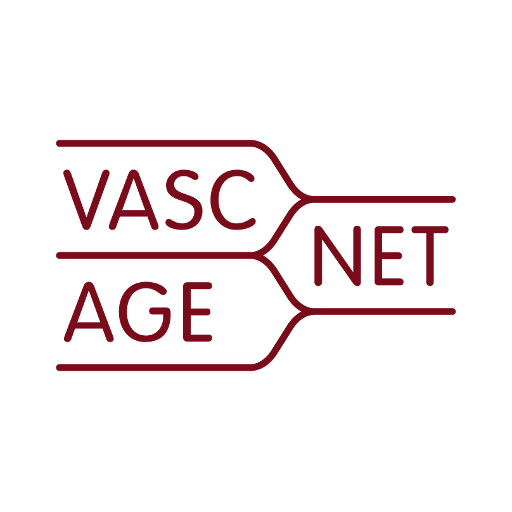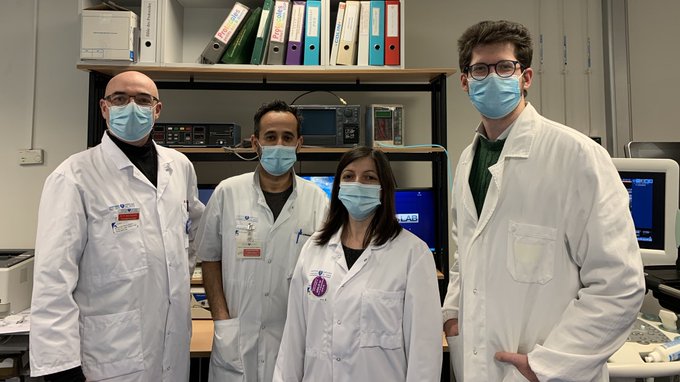
Dr. Saverio Fabbri at INSERM (01-02/2021)
"The VascAgeNet STSM offered me the opportunity to acquire specific knowledge in the vascular field and to start a new collaboration between different investigators around the EU."
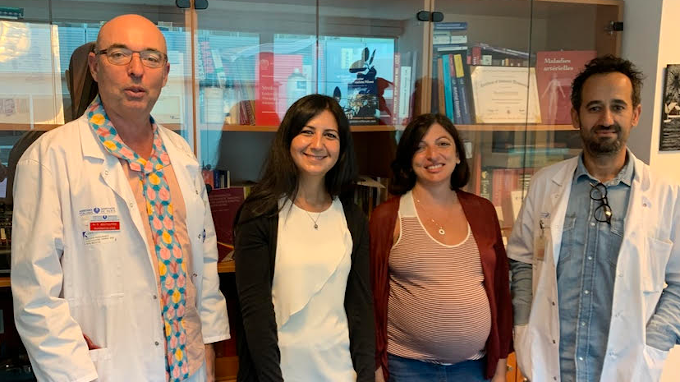
Dr. Maria Raffaella Martina at INSERM (07-08/2021)
"Thanks to the VascAgeNet STSM, I had the opportunity to participate in the activities of the vascular lab at INSERM and to acquire knowledge about new techniques."
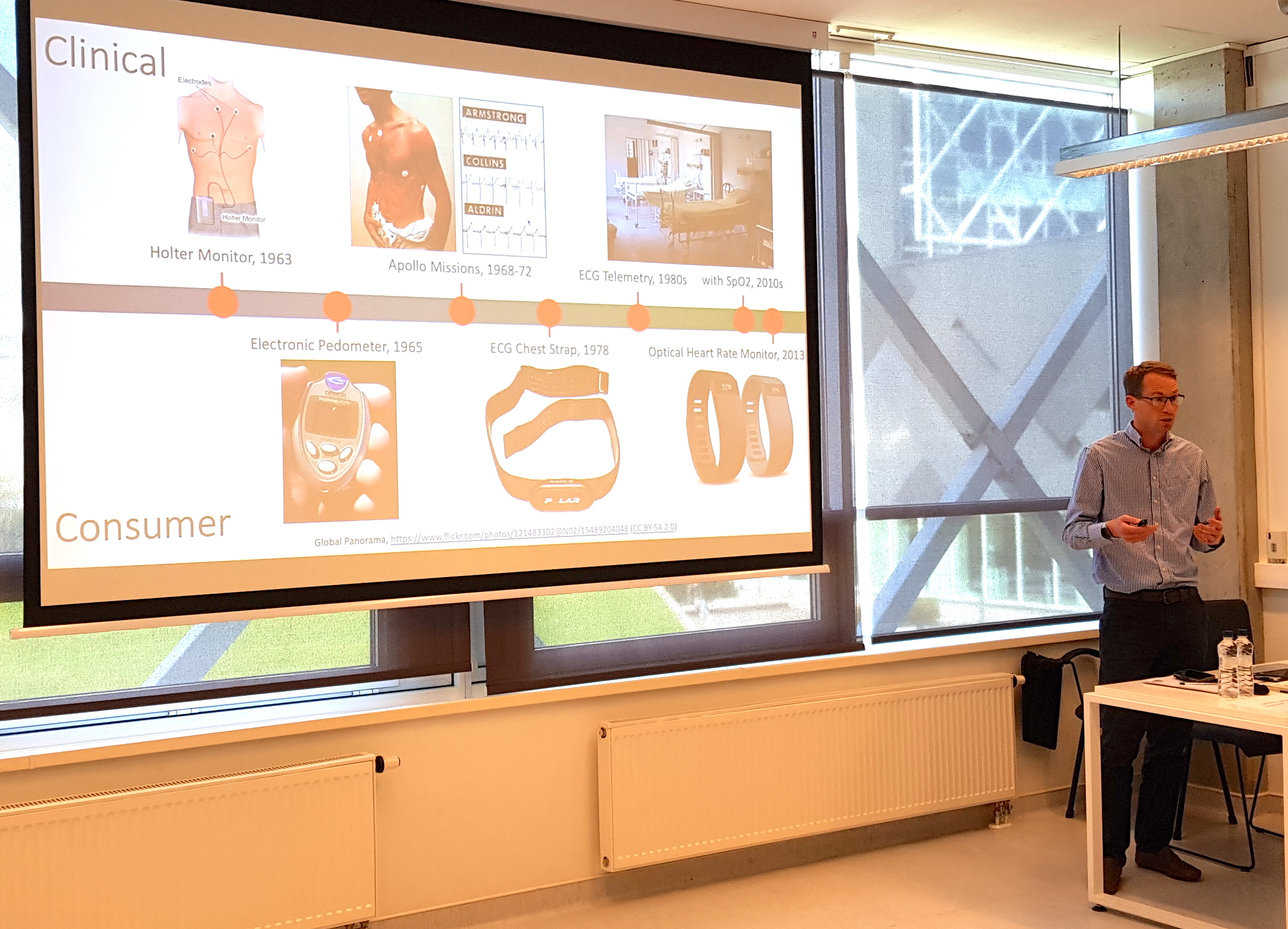
Dr Peter Charlton at Kaunas University of Technology (KTU), Lithuania (04/2022)
"The STSM helped me a lot to deepen the collaboration established through VascAgeNet."

Shaiv Parikh at Polytechnic University of Valencia (UPV), Spain (09/2022)
"I am thankful to VascAgeNet for providing me with this opportunity to visit UPV, bring in new ideas, and foster a collaboration between my home and host institutions."
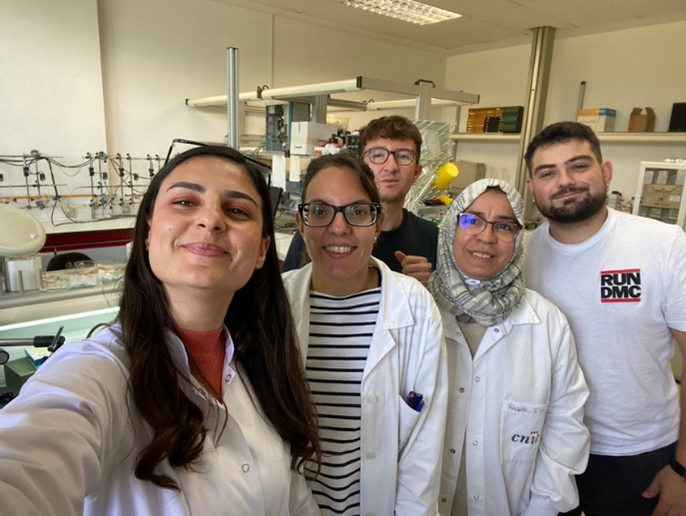
Merve Emen at Department of Physiology, Faculty of Medicine, Autonomous University of Madrid, Spain (05/2023)
"This STSM was pretty informative for me and really contributed to my personal and career development."
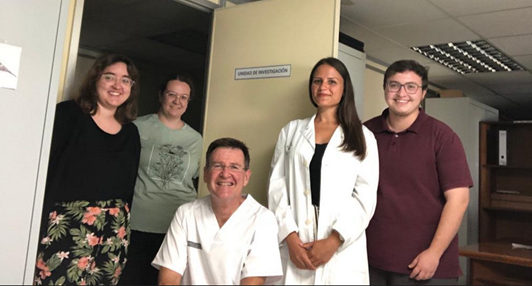
Mirela Baba at Hospital de Sagunto, Spain (07/2023)
"The experience of this STSM have exceeded my expectations and I am thankful to VascAgeNet for giving me this wonderful opportunity."
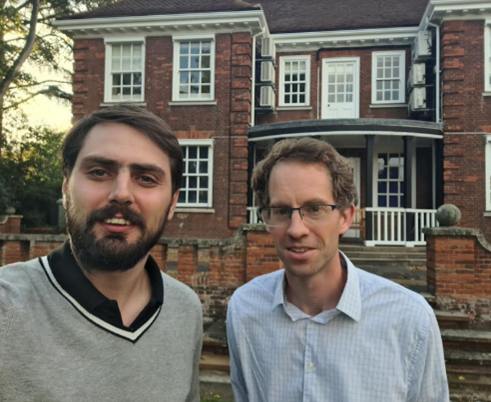
Marton Aron Goda at Public Health and Primary Care (PHPC) Strangeways Research Laboratory, U.K. (09/2023)
"Our future plan entails the ongoing maintenance and continuous updating of the toolbox"
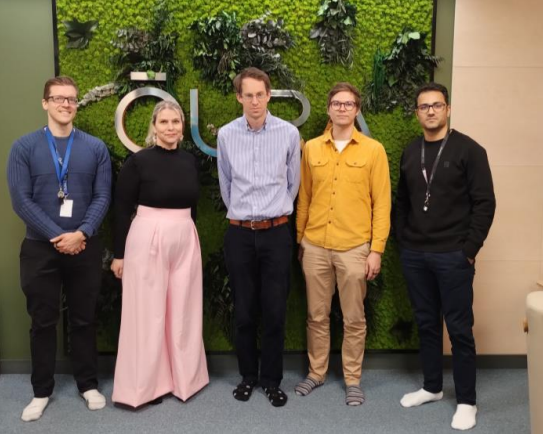
Peter Charlton at Oura Health Oy, FI (02-03/2024)
"I am very grateful for the travel grant which supported this visit to gain an understanding of how a company approaches their work and aims to be of benefit to society"
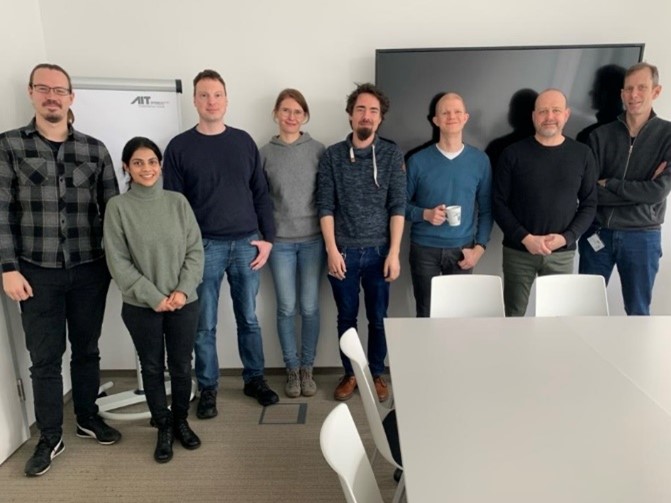
Smriti Badhwar at AIT Austrian Institute of Technology, Vienna (02/2024)
"I am extremely grateful to Drs. Christopher Mayer and Bernhard Hametner for hosting me in Vienna and for the wonderful learning opportunity"
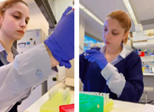
Cansenem Özkan at Biomedical Research Foundation Academy of Athens, Athens (02/2024)
"The collaborative efforts between the two laboratories have established a long-term collaboration connection, fostering a conducive environment for continued scientific advancements in the field of proteomics"

Stavria-Artemis Elia at the Aristotle University of Thessaloniki, Greece (06-07/2021)
"As our research interests (personally, and as a CVEG lab) with Dr Triantafyllou are quite similar, there is room for more collaborations in the future. I’m very excited to have carved the pathway for this with the STSM."
Alicia Del Saz Lara at National Institute of Health and Medical Research (INSERM), Paris (05-07/2021)
“Thanks to Dr. Cavero-Redondo I started researching in the field of vascular health. The VascAgeNet STSM offered me the opportunity to acquire new knowledge on this topic, as well as to meet researchers such as Rosa Maria Bruno, who has been the link for future collaborations of both research groups. I am very excited and eager to continue working in this world of vascular health”
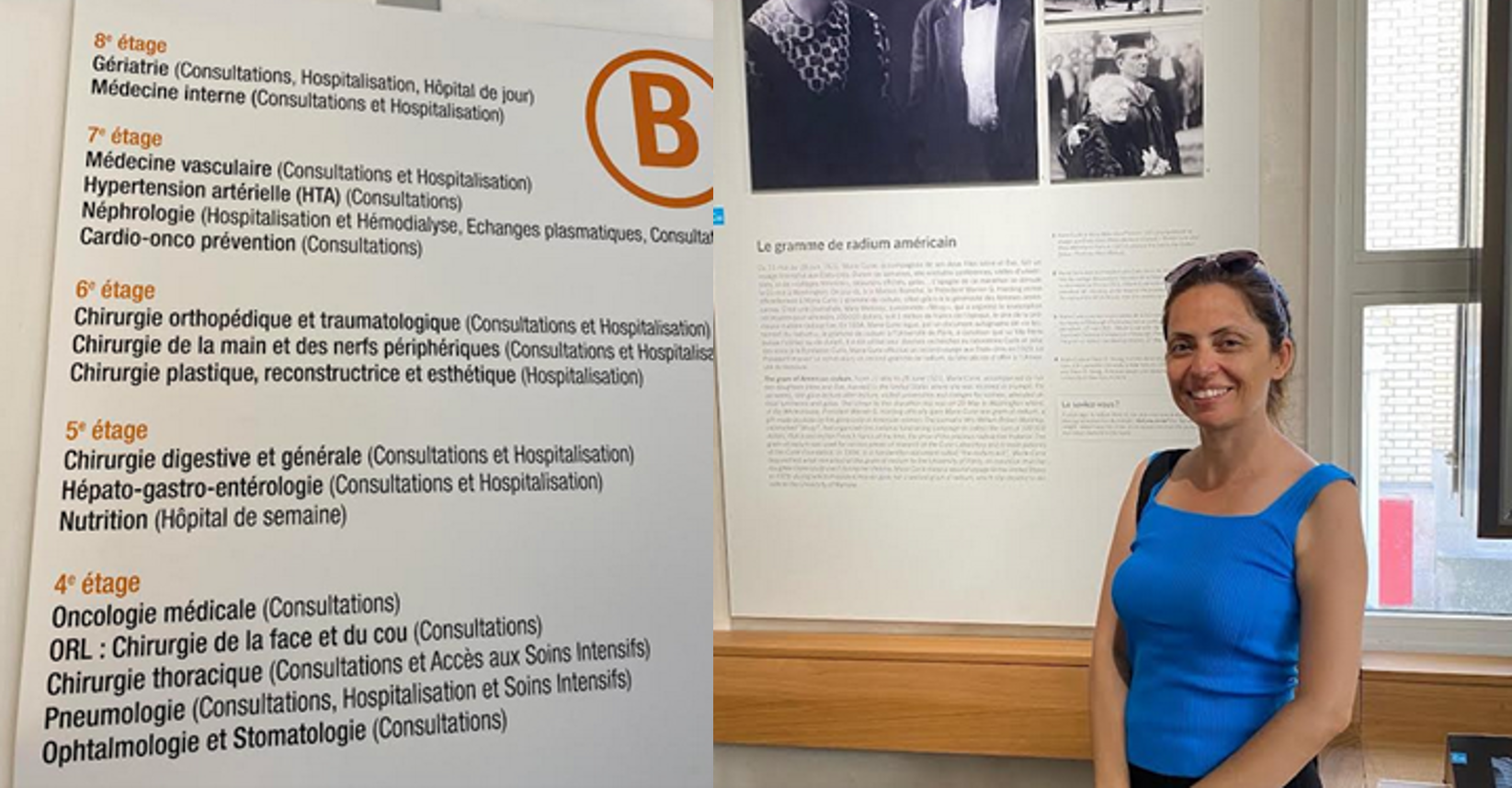
Elif Tunc Aydın at National Institute of Health and Medical Research (INSERM), Paris (06-07/2022)
“I had the opportunity to meet face-to-face with the scientists whose publications and studies I follow, and this increased my faith in science and scientific research. I am very lucky to have such an opportunity in terms of both my career and personal development, and I thank everyone very much.”
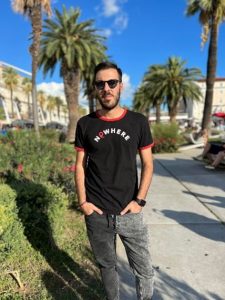
Xenophon Theodoridis at University of Split, Croatia (09/2022)
“The VascAgeNet STSM offered me the opportunity to acquire further knowledge in the research methodology field.”
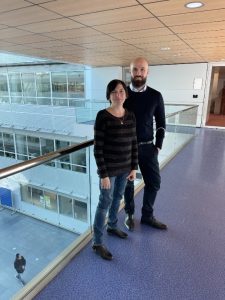
Luca Faconti at National Institute of Health and Medical Research (INSERM), Paris (01-06/2023)
"I am very grateful for this opportunity from VascAgeNet and I have no doubt that this collaboration established with Professor Bruno under this STSM will continue into the future as we develop more research ideas into the better understanding of vascular ageing. "

Diego Moriconi at National Institute of Health and Medical Research (INSERM), Paris (06-08/2023)
"I am very grateful for this opportunity provided by VascAgeNet, and I have full confidence that the collaboration established with Professor Bruno and her team will continue into the future. "
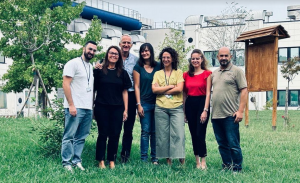
Ana Belen Amado Rey at Quipu, Pisa (09/2023)
"I am really grateful to all the members of QUIPU, and especially to Vincenzo Gemignani and Elisabetta Bianchini for their continuous support, great scientific knowledge and guidance to perform this extraordinary STSM experience. "
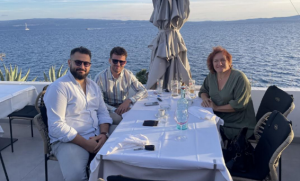
Ryan McNally at University of Split, Split (08-10/2023)
"I am eternally grateful to VascAgeNet for this opportunity and to Professor Jerončić for her support. "
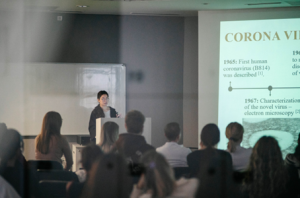
Sana Ayyoub at Sarajevo School of Science and Technology, Sarajevo (02/2024)
"I am thankful for having the chance to perform this stay in Sarajevo, particularly at SSST, which is unique in terms of diversity, multi-nationality, and vibrant culture"
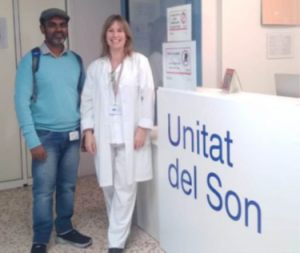
Sumesh Sasidharan at IDIBGI, Girona (03/2024)
"The STSM was an enriching and learning experience and fostering valuable collaborations and insights in the field of respiratory and cardiovascular health research"
Detailed reports of performed STSMs:
 |
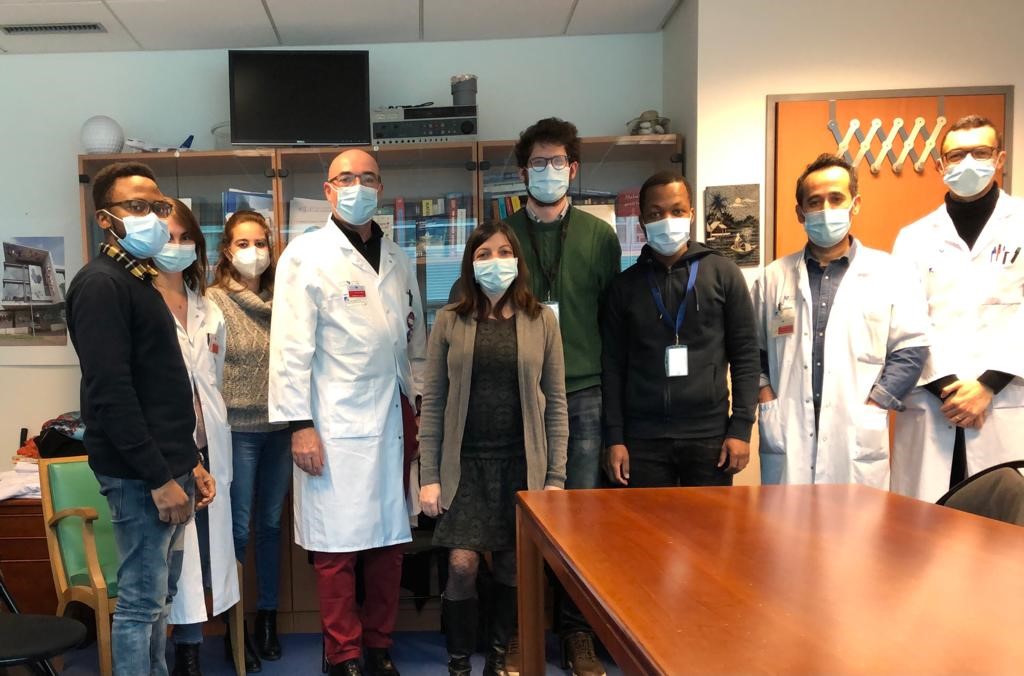 |
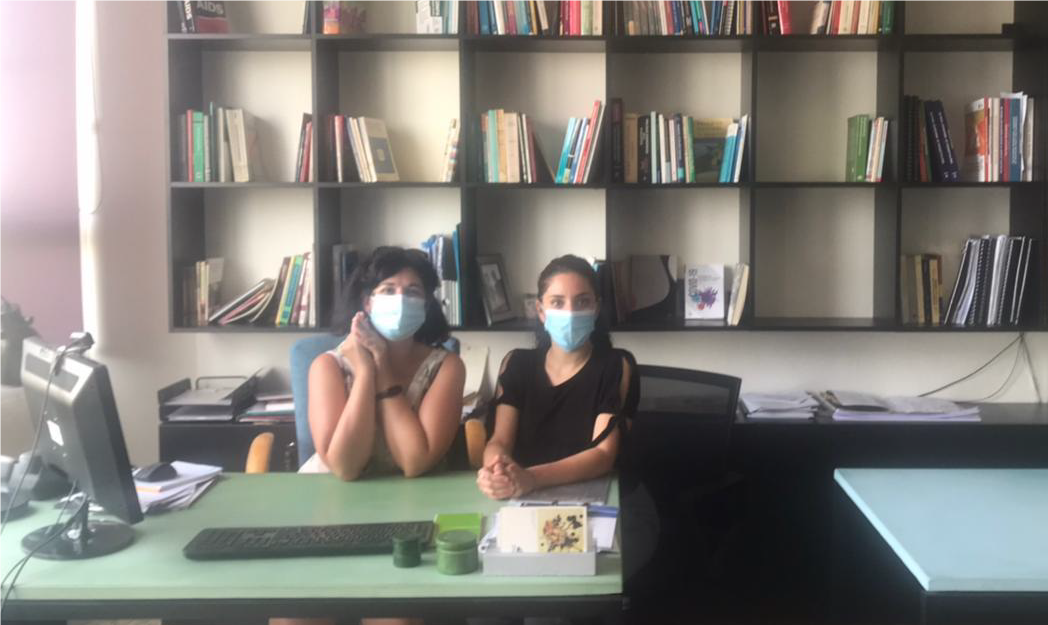 |
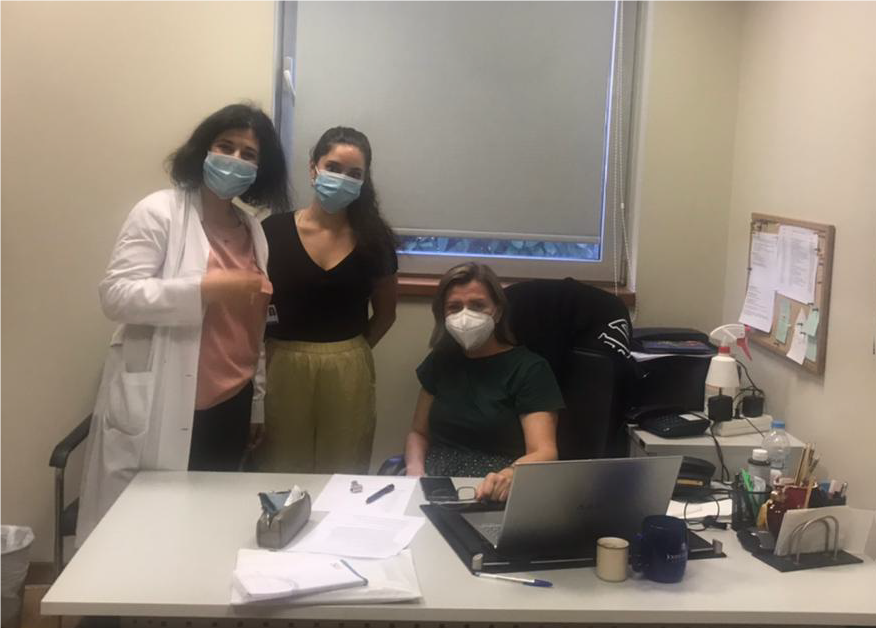 |
Thanks to the Short Term Scientific Mission (STSM) of the VascAgeNet COST Action I had the opportunity to participate in the activities of the vascular lab at INSERM and to acquire knowledge about new techniques for the assessment of vascular ageing on small- and medium-sized arteries, and in particular Ultra-High Frequency Ultrasound (UHF-US), an advanced technique that make it possible for the first time to non-invasively and accurately assess hand vasculature thanks to frequencies up to 70 MHz, and 3-D ultrasound (tUS).
The application of these techniques is valuable for the evaluation of hand vascular involvement in Systemic Sclerosis (SSc), a disorder characterized by alterations of the microvasculature, including digital ulcers and Raynaud’s phenomenon, in a protocol currently ongoing at INSERM.
During this STSM, images of the digital arteries of 15 SSc patients were processed thanks to a validated high-precision contour tracking algorithm for the estimation of structural and elasticity parameters of digital arteries (diameter, distension and border thickness) by ultrasound image processing.
The study and monitoring of structural parameters of the digital arteries could be relevant in the exploration of reliable imaging biomarkers for the diagnosis and pathogenesis of SSc as well as for the control of the therapies administered to patients and the related effects on the progression of the disease.
Furthermore, the results achieved thanks to this STSM will allow to evaluate the possible connection between peripheral and systemic vascular diseases.
Further information is available at the website https://vascagenet.eu/short-term-scientific-missions
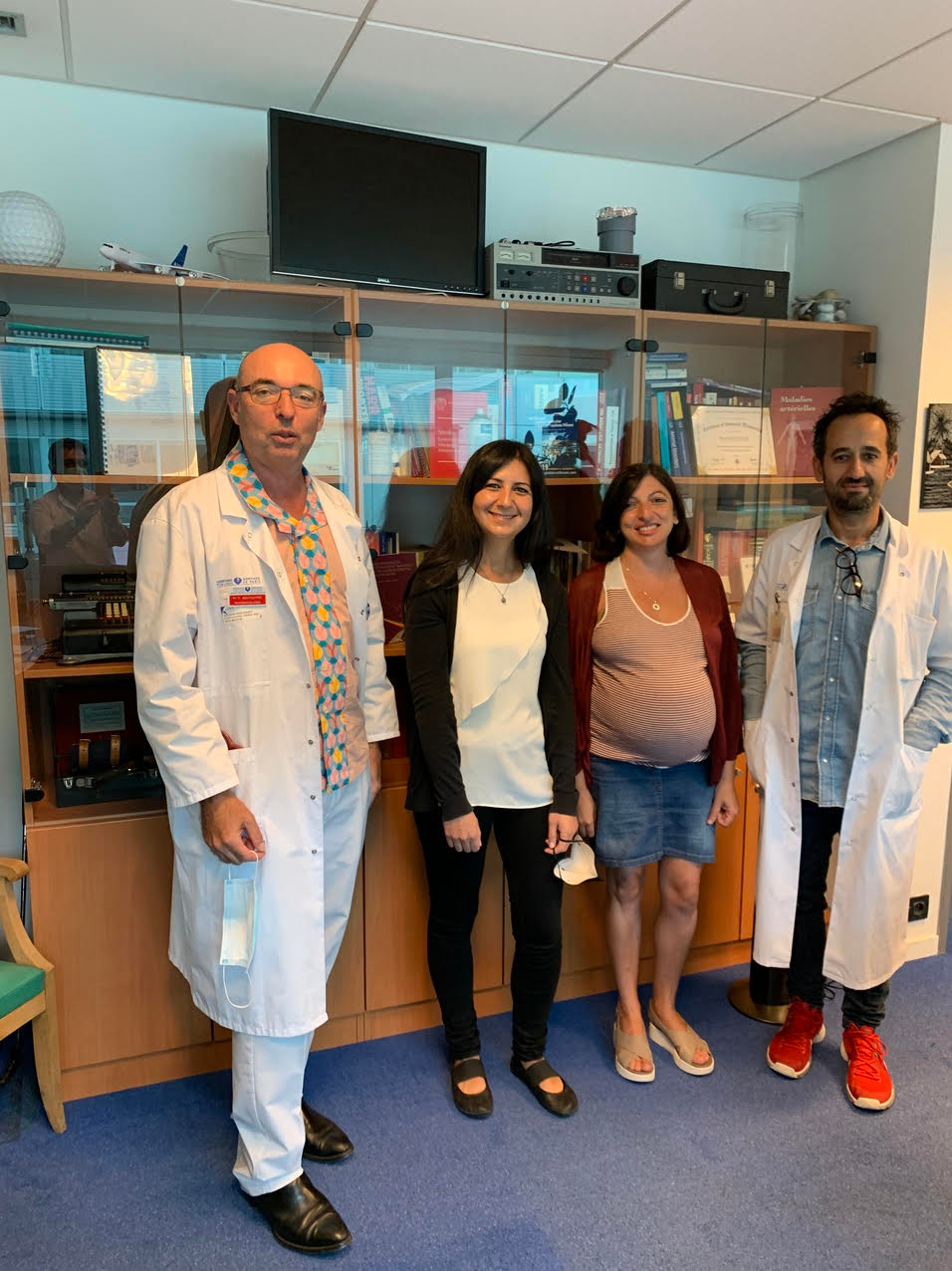 |
Alicia Del Saz Lara performed a three-months STSM at the National Institute of Health and Medical Research (INSERM), Paris, under the supervision of Dr. Rosa Maria Bruno. The main object of the STSM was to perform a systematic review and meta-analysis aimed to analyze the association between pulse wave velocity and incident hypertension. Additionally, she participated in activities that took place at INSERM during her stay in Paris.
The work was developed as a result of the combination of the expertise of both groups, on the one hand the clinical knowledge of arterial stiffness and hypertension by the INSERM group of Paris, France, and on the other hand the expertise in performing of systematic reviews and meta-analysis of the CESS group of Cuenca, Spain.
After a careful electronic search carried out in the principal electronic databases, two independent reviewers examined inclusion and exclusion criteria of each selected longitudinal study. The main information of included studies were extracted, and the meta-analysis was performed according to advanced and up-to-date statistical technologies.
Results demonstrated that increased pulse wave velocity, systolic blood pressure and diastolic blood pressure are all predictors of incident hypertension in normotensive adult subjects, with similar independent predictive value. This analysis is projected to be the first systematic review and meta-analysis of arterial stiffness and baseline blood pressure in the normotensive range as predictors of incident hypertension. A paper is currently under writing.
“Thanks to Dr. Cavero-Redondo I started researching in the field of vascular health. The VascAgeNet STSM offered me the opportunity to acquire new knowledge on this topic, as well as to meet researchers such as Rosa Maria Bruno, who has been the link for future collaborations of both research groups. I am very excited and eager to continue working in this world of vascular health”, said Alicia.
Her stay in Paris generated future collaborations to establish Early Vascular Ageing (EVA) as a construct measurable by clinicians. A series of meetings are pending between the INSERM and CESS groups to establish further research projects.
Dr Peter Charlton spent 5 days at Kaunas University of Technology (KTU), hosted by Prof Vaidotas Marozas, Director of the Institute of Biomedical Engineering. Vaidotas and Peter are members of VascAgeNet’s Working Group 3. They’ve previously collaborated on several projects including a VascAgeNet review of techniques to assess vascular age from the photoplethysmogram (the PPG – the pulse wave signal measured by smartwatches and activity trackers). During this STSM, Vaidotas and Peter worked with colleagues at KTU towards harmonising photoplethysmography-based techniques for the assessment of vascular ageing.
First, Peter and colleagues worked on developing PPG signal processing techniques for the assessment of vascular ageing. Specific tasks included: designing approaches to estimate blood pressure from the PPG pulse wave signal; developing PPG signal quality assessment tools which could help ensure that vascular ageing assessments performed in daily life are reliable; and investigating how well PPG signal processing algorithms perform with different types of sensors. This involved sharing knowledge, data, and signal processing algorithms.
Second, Peter and colleagues discussed the designs of two ongoing clinical studies at KTU and at the University of Cambridge. They identified ways to harmonise the methods used in the two studies so that they provide similar datasets. It is hoped that this will enable the two groups to test the generalisability of findings across the two datasets.
Third, Peter and colleagues established a pipeline for simulating PPG signals containing artifact and arrhythmias. This involved using KTU’s tools for simulating PPG signals alongside data collected at the University of Cambridge. It is hoped that this will lead to the creation of a dataset of simulated PPG signals representative of those that would be measured from older adults in the community.
Peter received very warm hospitality from Vaidotas and his colleagues at KTU, sharing meals and sightseeing together. This helped Peter get to know his new colleagues well during a short space of time, establishing relationships which will enable them to continue to work together remotely.
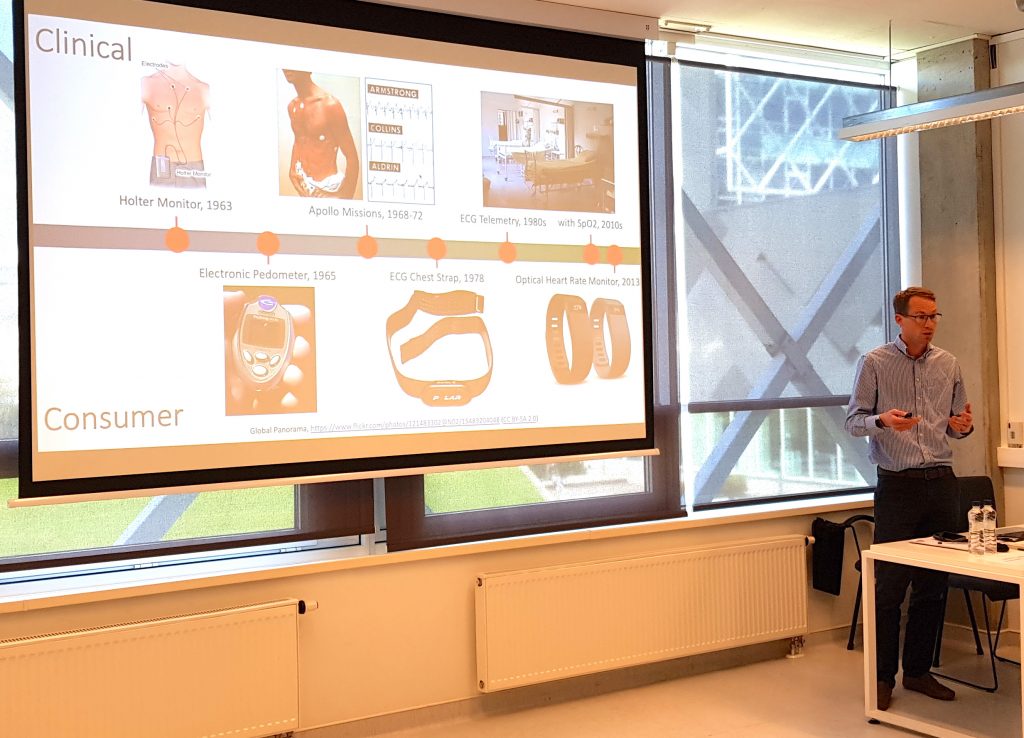
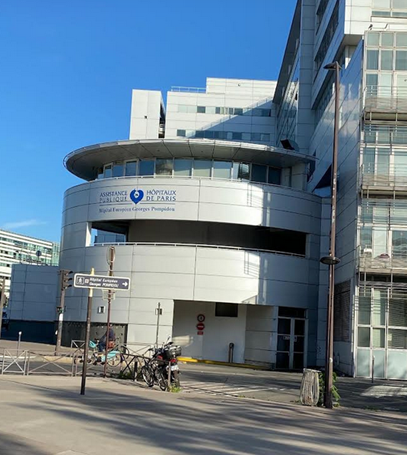 |
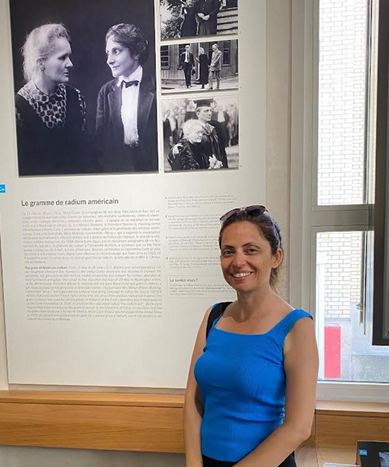 |
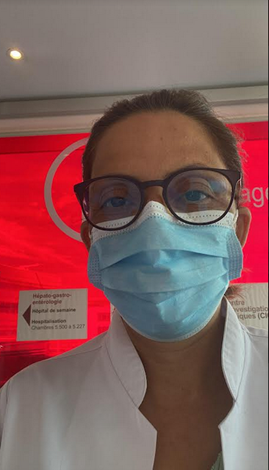 |
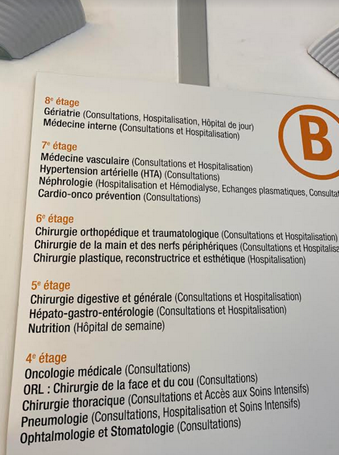 |
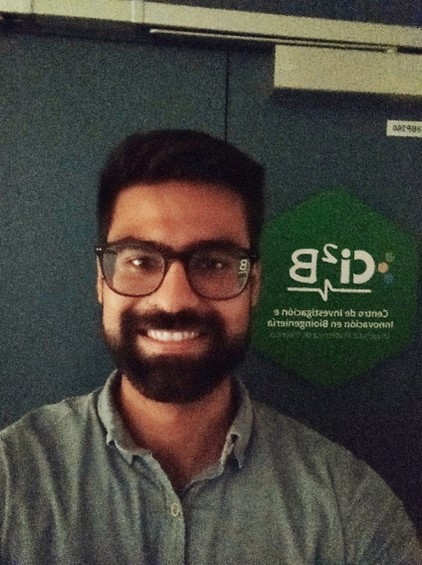 |
 |
 |
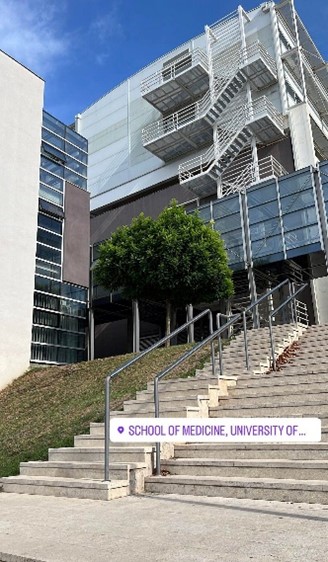 |
 |
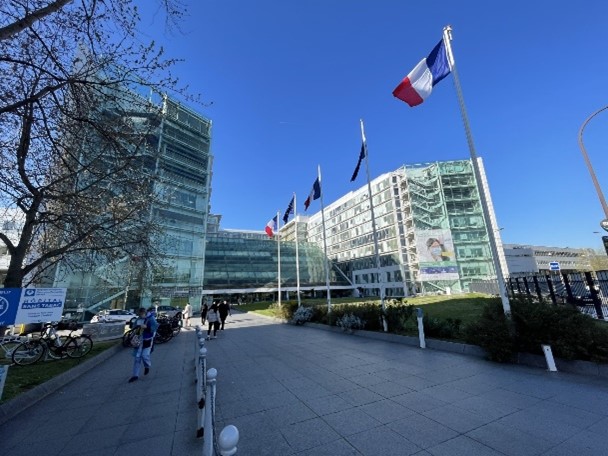 |
 |
 |
 |
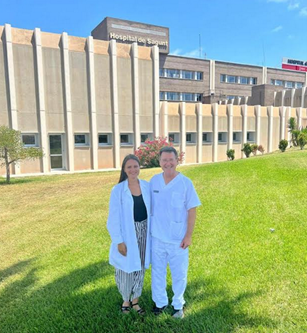 |
 |
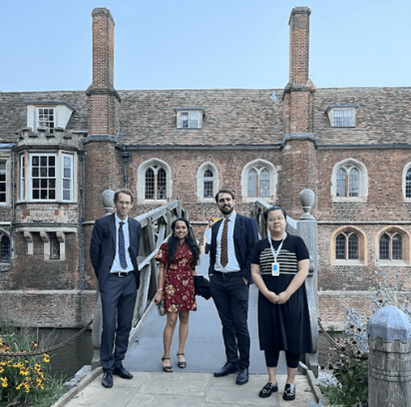 |
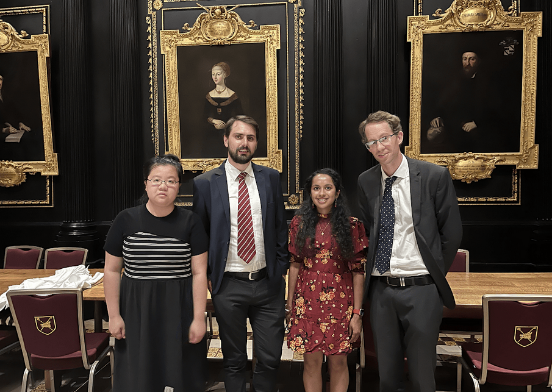 |
My name is Ana Belen Amado Rey and I am doing my Postdoc at the technical university of Freiburg, in Germany. My research focuses on the development of new ultrasound technologies and techniques to derive blood pressure and the arterial stiffness at various arterial sites (carotid, brachial, radial). By using high accurate diagnose devices the risks that may lead to cardiovascular diseases can be better diagnosed and prevented in time.
Last year I could validate the accuracy of various stiffness and blood pressure models for ultrasound by using in vitro and ex vivo cardiovascular setups in our laboratory. However, I do not have access to real data to validate those models in vivo. Thanks to the Short-Time scientific mission performed at the company QUIPU, in Pisa, Italy, I had access to healthy volunteers data based on carotid ultrasound imaging and tonometry and brachial sphygmomanometry. The brachial diastolic pressure and mean arterial pressure were used as calibration values for carotid tonometric and ultrasound measurements. Models and signal processing were applied to the ultrasound signals in order to derive local estimation of blood pressure, which were analyzed bit-to-bit for various subjects. The tonometric device was employed as reference for comparison with the ultrasound measurements. I am confident that we can publish some interesting results from this STSM.
I am really grateful to all the members of QUIPU, and especially to Vincenzo Gemignani and Elisabetta Bianchini for their continuous support, great scientific knowledge and guidance to perform this extraordinary STSM experience. Also, thanks a lot to the COST Action CA18216 VascAgeNet to make this unique experience possible. I would definitely do it again.
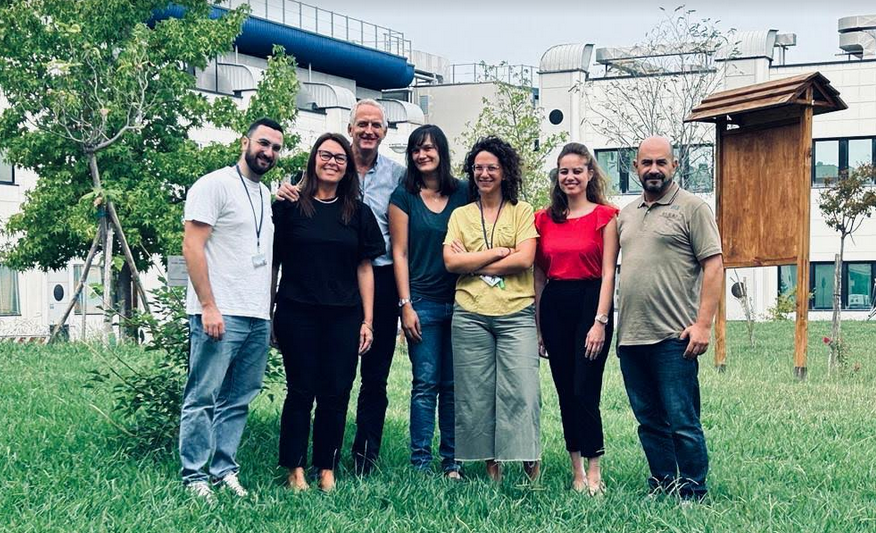 |
I am Dr. Ryan John McNally, a pharmacist by background and now working as a postdoctoral research associate at King’s College London. Despite having developed and published systematic reviews and meta-analysis as first author, my analysis has been largely limited to mean differences in various continuous cardiovascular outcomes estimated in intervention studies.
I recently developed a collaboration with Professor Rosa Maria Bruno (Université Paris Cité, INSERM-PARCC, France) and Professor Ana Jerončić (University of Split, Croatia) to develop a systematic review and meta-analysis of the prognostic value of aortic pulse wave velocity in prediction of major cardiovascular disease events. We aspire to conduct this systematic review and metaanalysis with the aim to provide an overview of relevant studies and calculate robust quantitative estimates of the predictive value of arterial stiffness as expressed by aortic PWV for different outcomes such as total CV events (i.e., heart failure, stroke), CV mortality, and all-cause mortality.
The main objective of this STSM was to work with Professor Jerončić on the statistical meta-analysis of the data derived from this. This required a close collaboration for the curation of already extracted data from the literature, analysis of the data and in depth understanding of the statistical process involved and I aimed to learn about the complex statistical analysis and dataset structure set up that comes with harmonisation of data of this type.
Thanks to this STSM, I spent some time at the Medical Faculty of Split working with Professor Jerončić who has extensive experience in biostatistics and research methodology. With her guidance, I was able to learn the fundamental techniques and statistical methods required to perform the meta-analysis on data of this type whilst collaborating with her on the clinical implications of the statistical outcome. The opportunity of working in Split with Professor Jerončić allowed me to observe and learn from a different research environment which certainly helped promote the knowledge transfer (which would be difficult to achieve with only remote interactions) and was in line with the Action objectives.
On a more personal level, this STSM provided me the opportunity to refine my knowledge in statistical methods for large meta-analysis and the use of large population data in medical research. This close collaboration with Professor Jerončić also generated new ideas for research projects in the field of arterial stiffness and vascular aging. As an early career researcher, this STSM has supported my academic journey and assisted me to undergo the transition to become an independent investigator.
I am eternally grateful to VascAgeNet for this opportunity and to Professor Jerončić for her support.
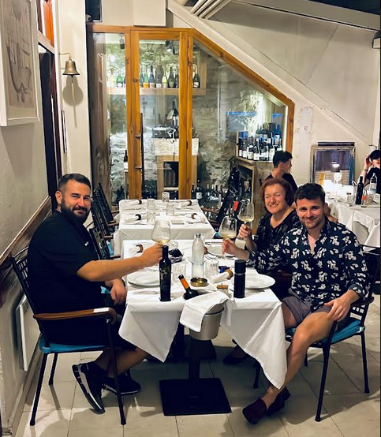 | 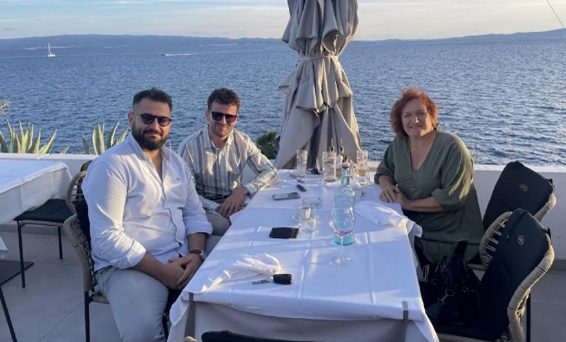 | 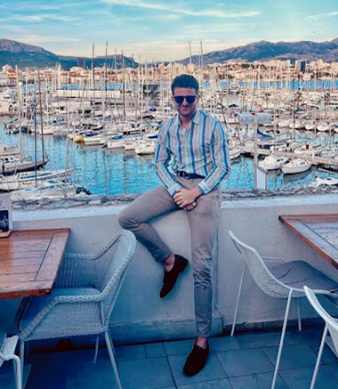 |
Peter Charlton visited Oura Health Oy in February – March 2024, funded by a VascAgeNet Short-Term Scientific Mission grant. This trip brought together researchers from industry and academia. Peter is a British Heart Foundation research fellow at the University of Cambridge, specialising in signal processing for wearables. Oura is the manufacturer of the Oura Ring, a widely used consumer wearable device used to monitor fitness, stress sleep, and health. The trip was beneficial for exchanging knowledge, exploring potential areas for future collaboration, and gaining an understanding of each others’ motivations and perspectives.
Peter visited the Oura offices in Oulu, Finland. Oura was a very welcoming host, with several people giving much of their time to discussions with Peter, and sharing meals together. They held discussions over several days, covering topics such as: (i) the current and potential future capabilities of the Oura Ring; (ii) large-scale research studies using wearable data collected by the Oura Ring; (iii) promising directions for consumer wearables; (iv) wearable signal processing algorithms; and (v) the role of personal health and wellbeing monitoring.
Through their discussions, Oura and Peter were able to identify specific target areas for future collaboration. In addition, Peter was invited to present on his research, and presented on clinical applications of wearables, receiving valuable feedback.
As an academic researcher, Peter was keen to understand more about how a company works, their motivations, and where there could be areas of mutual interest between industry and academia.
This became clear through both formal and informal discussions, and was greatly helped by meeting in-person over a period of several days. It was also a valuable opportunity for Peter to gain an understanding of how a company approaches their work and aims to be of benefit to society. Peter is grateful to COST ACTION “Network for Research in Vascular Ageing” CA18216 supported by COST (European Cooperation in Science and Technology) for a travel grant which supported this visit.
 |
My name is Sana Ayyoub, I am a pre-doctoral researcher at the Cardiovascular and Respiratory Research Group at the Girona Biomedical Research Institute (IDIBGI) (Girona, Spain), and through the VascAgeNet COST Action, I had the opportunity to perform a short-term scientific mission (STSM) under the supervision of Prof. Mirsada Causevic at the Sarajevo School of Science and Technology (SSST) in Bosnia and Herzegovina from the 19th to the 29th of February 2024.
One of the main projects that Prof. Mirsada is working on is investigating the role of VKORC1 gene polymorphism in developing thrombosis in COVID-19. Polymorphism in this gene has been linked to variation in dose requirements for vitamin K-dependent anticoagulants, and recently, some studies reported a potential link of the gene’s polymorphism to thrombosis development, yet this has been controversial, and further studies are required.
During the STSM, I had the opportunity to get hands-on experience in learning the restriction fragment length polymorphism (RFLP) technique, which is a simple, yet very informative technique widely used in genetic research. Generally, it involves digesting DNA samples with restriction enzymes that cut at specific recognition sites, resulting in fragments of varying lengths, which are then separated using gel electrophoresis, and according to the patterns of DNA fragments variation in the sequence can be identified. We aim to perform this analysis on our samples from COVID-19 patients who developed thrombosis and those who have not, and hopefully, this will be employed as a standard technique in our group among the other common techniques we use including rtPCR, immunofluorescence, and several others.
Overall, it has been a pleasure for me to learn from the expertise of Prof. Mirsada and we hope to continue working together in future projects.
Lastly, I am thankful for having the chance to perform this stay in Sarajevo, particularly at SSST, which is unique in terms of diversity, multi-nationality, and vibrant culture. Above all, the warm and welcoming nature of Sarajevo is sensed from the first days of the visit which added more value to the experience overall. I am grateful to VascAgeNet for providing me with this highly valuable opportunity.
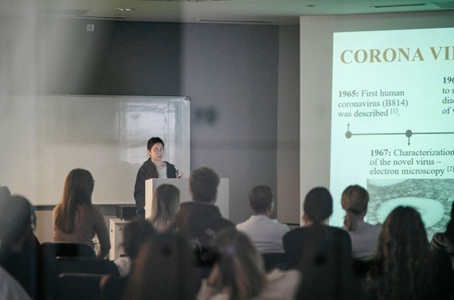 | 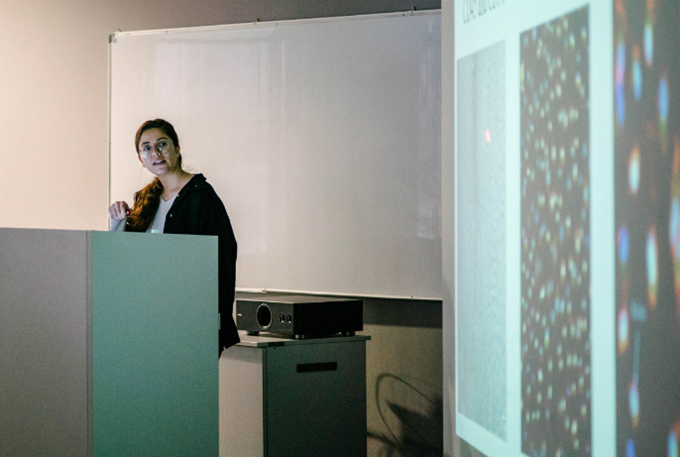 |
I am a postdoctoral fellow at the Paris Cardiovascular Research Centre, working with Profs. Pierre Boutouyrie and Rosa Maria Bruno. Broadly, my research interests include understanding cardiac pathophysiology for early diagnosis and prevention of cardiovascular diseases, with a specific focus on vascular ageing and arterial hemodynamics.
Carotid pressure and flow waveforms are usually acquired as a part of arterial characterization in the studies conducted in Paris. Prof Bruno previously acquired arterial structural and functional characteristics in a population of Fibromuscular dysplasia, essential hypertension, and healthy controls. The dataset included carotid and aortic pressure waveforms measured using tonometry and carotid flow measurements from Doppler ultrasound.
The goal of this STSM was to perform a pilot analysis evaluating the structural and functional arterial characteristics in Fibromuscular dysplasia – a non-atherogenic, non-inflammatory, multi-arterial disease. The larger goals of the STSM were to then assess the feasibility of conducting similar analysis in additional data sets in Paris and the application of a similar approach in future studies.
Dr Christopher Mayer and his team at the AIT Austrian Institute of Technology have extensive experience in pulse wave analysis and have previously developed and validated a method (ARC solver) for constructing an estimated aortic flow waveform for wave separation and wave intensity analysis. The VascAgeNet STSM allowed me to work with their Medical Signal Analysis team at AIT, Vienna. During my stay in Vienna, we aimed to extract, process, and perform wave analysis on carotid pressure and flow waveforms. I was able to learn the methods for extraction and processing of pressure and flow signals from tonometric and ultrasound image data respectively. I was also able to gain a comprehensive understanding of the techniques used for wave separation and wave intensity analysis and apply those to the carotid pressure and flow signals.
Additionally, as a part of the STSM, we collaborated with Dr Elisabetta Bianchini’s team in Pisa, Italy. Dr Elisabetta Bianchini, at the Italian National Research Council, is a co-founder of Quipu, an Italian company which aims to design a new generation of algorithms for software-based ultrasound analysis. With the help of their team, we obtained additional parameters from the carotid ultrasound images.
At the end of the STSM, we were successful in achieving our planned objectives and discussed additional ideas for future collaborations. I am extremely grateful to Drs. Christopher Mayer and Bernhard Hametner for hosting me in Vienna and for the wonderful learning opportunity. I am also very thankful to all the team members at AIT for their hospitality and for making the STSM a truly joyful and enriching experience.
 |
 |
During the Short-Term Scientific Mission (STSM) at IDIBGI in Girona, a comprehensive range of activities was undertaken, such as observing the various aspects of clinical practice at the sleep study unit of IDIBGI and assisting in the interpretation of diagnostic tests such as polysomnography and nocturnal pulse oximetry.
A significant portion of the STSM was dedicated to understanding the utilization of specialized equipment for clinical examinations. This involved learning sessions by Dr Olga covering functional respiratory examinations, echocardiography, radiology, ECG, CPAP titration, and nocturnal pulse oximetry. Another essential activity was the analysis of patient data provided by Dr. Olga Tura, focusing on a longitudinal study involving a cohort of 66 patients with varying cardiovascular health profiles. This included grouping patients into distinct categories based on their cardiovascular history and nocturnal arterial hypertension status and analyzing arterial stiffness trajectories using pulse wave velocity (PWV).
Throughout the STSM, discussions and knowledge exchange sessions were held with Dr. Olga Tura and other researchers at IDIBGI. These interactions provided valuable insights into the methodologies, challenges, and emerging trends in the field of respiratory and cardiovascular health research.
Overall, the STSM, was an enriching and learning experience and fostering valuable collaborations and insights in the field of respiratory and cardiovascular health research. The insights gained from this experience will inform future research endeavors and foster continued collaboration between institutions in the field of vascular aging and cardiovascular health.
 |
 |
 |
My Short-Term Scientific Mission (STSM) titled “Investigating the Protein Profile of Perivascular Adipose Tissue Samples of Mice with and without Caloric Restriction Using Proteomics” was conducted at the Biomedical Research Foundation Academy of Athens (BRFAA) under the supervision of Dr. Ieronymos Zoidakis, took place from 07/02/2024 to 25/02/2024.
During my STSM, I have acquired skills in determining protein concentration using the Brad-Ford method from homogenized tissues. Internal controls were established by performing SDS Page on samples with varying concentration ranges. I gained a broad theoretical understanding of sample preparation techniques and protein chemistry. I had active participation in the laboratory involved experimenting with the widely used Filter Aided Sample Preparation (FASP) technique on brain homogenates.
I successfully combined theoretical knowledge with practical application, ensuring more rational analyses at each step. Proficiency was achieved in sample preparation steps, such as lysis agents, detergents, disulfide bond-reducing chemicals, buffers separating proteins, reasons for the common use of trypsin, and the selection of chemicals suitable for evaporating lipids to powder form.
For evaluating data obtained from mass spectrometry, I’ve been assigned daily tasks in R programming language. Statistical analyses were performed using R Studio, resulting in the creation of visual representations such as volcano plots, box plots, Kaplan-Meier curves, and heat maps.
Additionally, I’ve been instructed on the usage of platforms like Cytoscape and Metascape to provide information about associated molecular pathways based on the obtained mass data. The STSM provided a comprehensive and hands-on experience, enhancing my skills in both theoretical and practical aspects of proteomics and molecular analysis.
With the capabilities gained through this STSM, I’m expected to contribute to ongoing proteomic analyses involving Perivascular Adipose Tissues at BRFAA. The ultimate goal is to document the findings of this study in articles for publication, share potential new peptides in open databases, and thereby make significant contributions to the scientific literature.
In the subsequent phases, I will present the outcomes of this STSM-supported research in my defense PhD thesis. The collaborative efforts between the two laboratories have established a long-term collaboration connection, fostering a conducive environment for continued scientific advancements in the field of proteomics.
 |
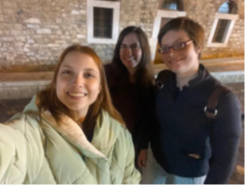 |

